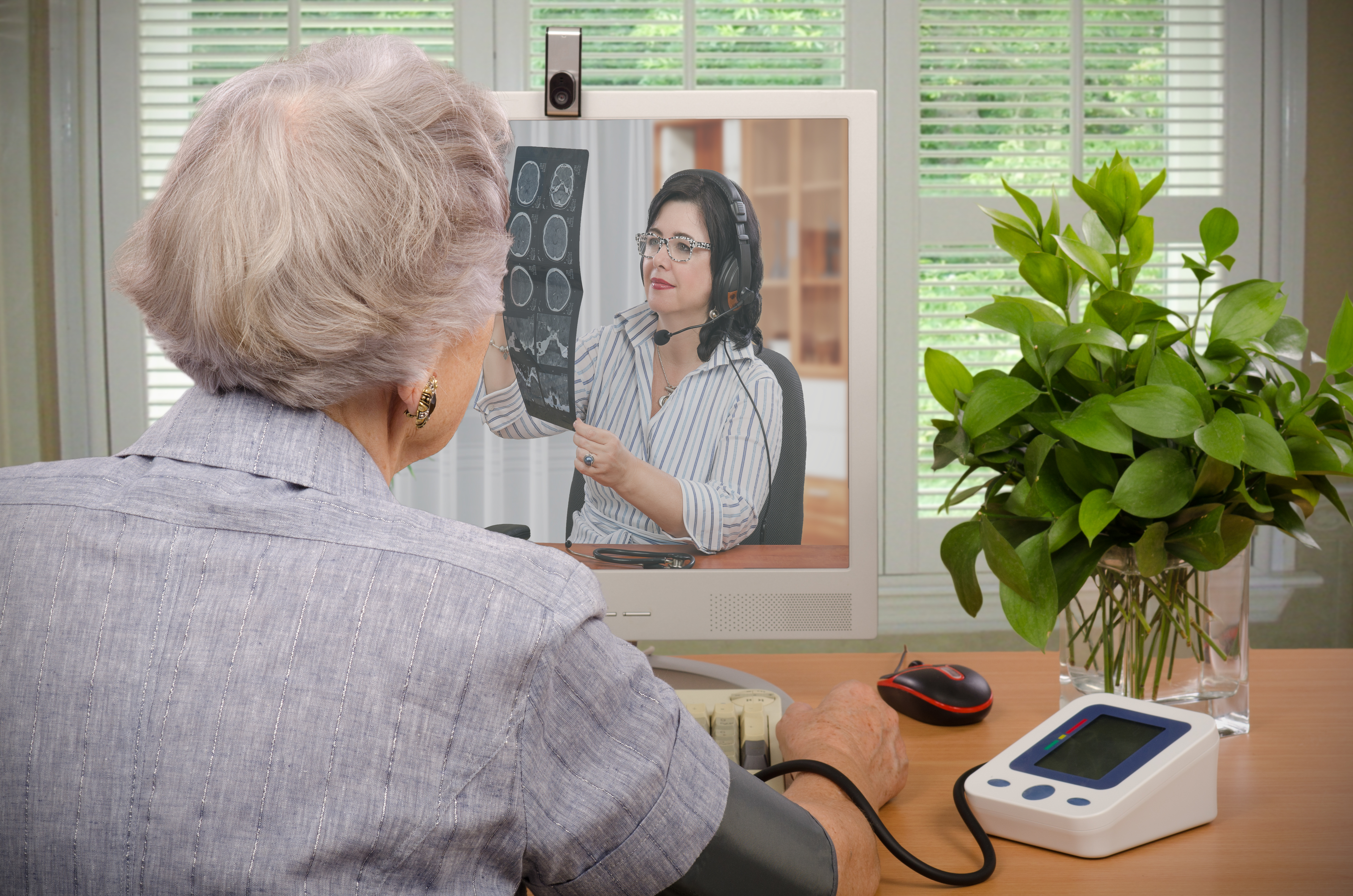AARP Hearing Center

Thirty years ago, Melissa Eisinger moved to Keene, a quiet, remote hamlet in New York’s North Country.
“I live in the Adirondacks because I want to be outside a lot of the time, doing things in the woods and the mountains, and I’m willing to put up with inconveniences to enjoy a high quality of life in this beautiful landscape,” the 64-year-old said.
Knowing her beloved Adirondack Mountains would continue to be her home after retirement, she set goals: Eliminate debt, save money, stay healthy by hiking, and build an accessible house (that didn’t require chopping and hauling firewood like her previous one ) so she could age in place.
Eisinger’s top concerns—being healthy and financially secure—are shared by many older New Yorkers, whether they live in a rural, suburban or urban area.
An AARP New York survey conducted late last year asked 1,000 residents 50-plus about the most important challenge facing them as they age. Twenty-six percent said finding good health care options; 25 percent cited retirement affordability, including the cost of living; and 19 percent said maintaining good health.
The survey aimed to gauge the concerns of older New Yorkers.
“Two things are on their mind: health care and money,” said Bill Ferris, AARP New York’s legislative director. “When you develop public policy, this survey helps us define and articulate the problems. That’s why we do these.”
Transit, housing also issues
The survey results also highlighted telemedicine, with 81 percent of respondents saying they’ve never used telehealth technology, such as video chats with doctors.
The coronavirus outbreak has underscored the potential benefits of such technology. The lack of telemedicine use reflects, in part, the need for greater broadband expansion into rural regions of the state.
Many also worry about long-term care, with 44 percent saying they aren’t confident they could handle the estimated $150,000 annual nursing home care cost in New York.
Beth Finkel, AARP New York’s state director, said the survey provides a chance to educate members. It shows that 65 percent of those who responded have no clear retirement plan and 33 percent haven’t researched their Social Security benefits.
“There’s a reality gap,” she said.
Even after meeting her goals, Eisinger, who retired from her job as vice president of the Adirondack Foundation in 2018, has concerns about health care costs and access. Her medical clinic’s two doctors are retiring, and it’s difficult to attract full-time resident doctors to the area.
But communities are tight-knit in the Adirondacks, and people look out for one another, Eisinger said. She volunteers with, and serves on the board of, Mercy Care for the Adirondacks, driving people to doctors’ appointments and grocery stores.
The organization, sponsored by the Sisters of Mercy, provides services to older residents to help them age in place.
Donna Beal, the executive director of Mercy Care, said challenges in the area include transportation, food insecurity and a lack of age-friendly, accessible housing.
“This is a very economically disadvantaged area in some cases,” Beal said. “But it’s also an area where Adirondackers really help and support each other.”
Donna Liquori is a writer living in Albany.
More on Telehealth































































